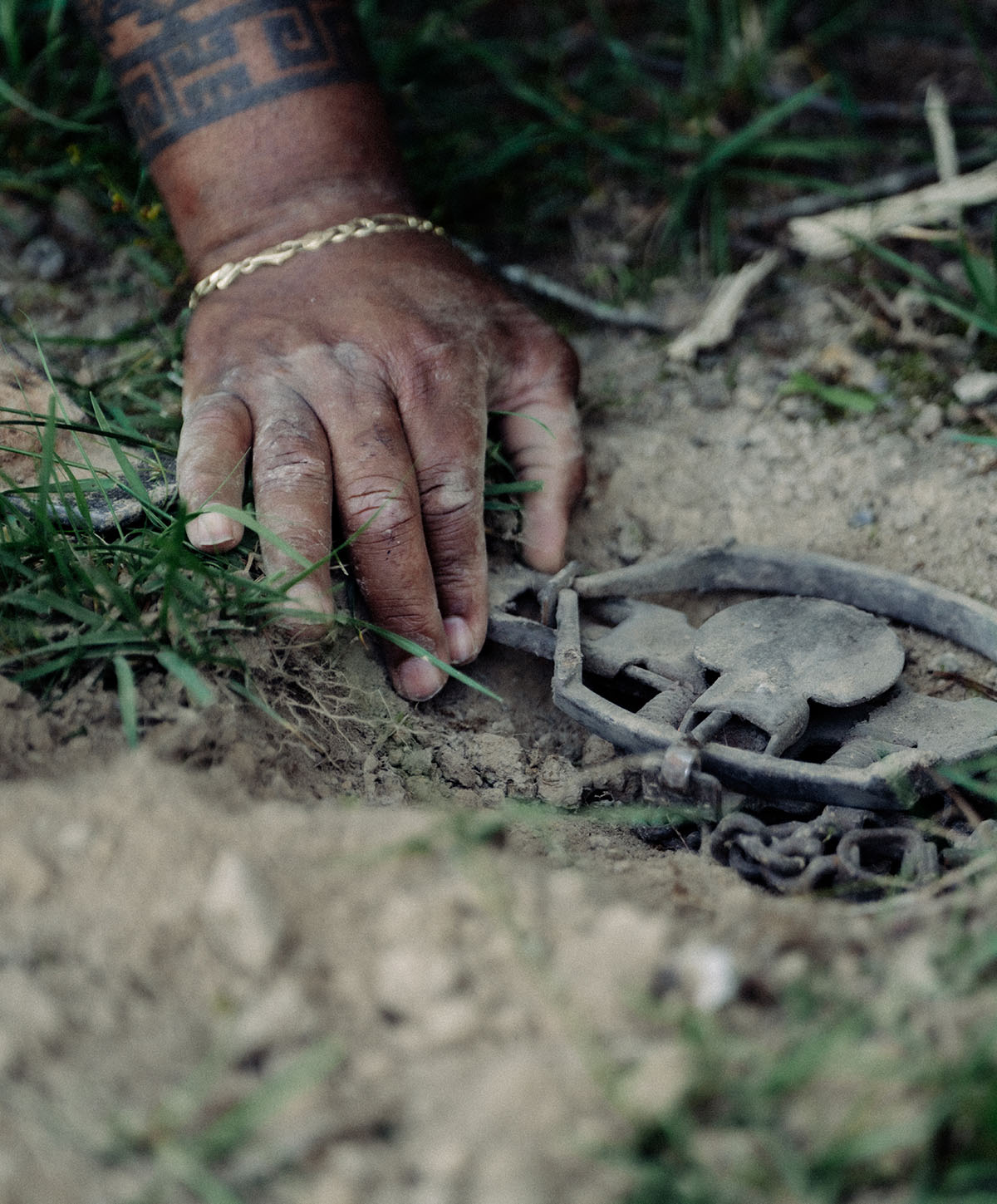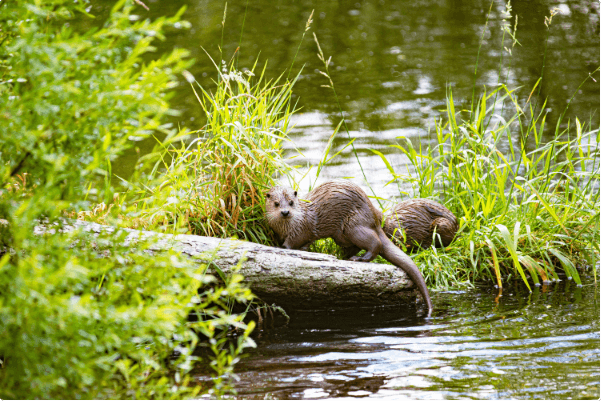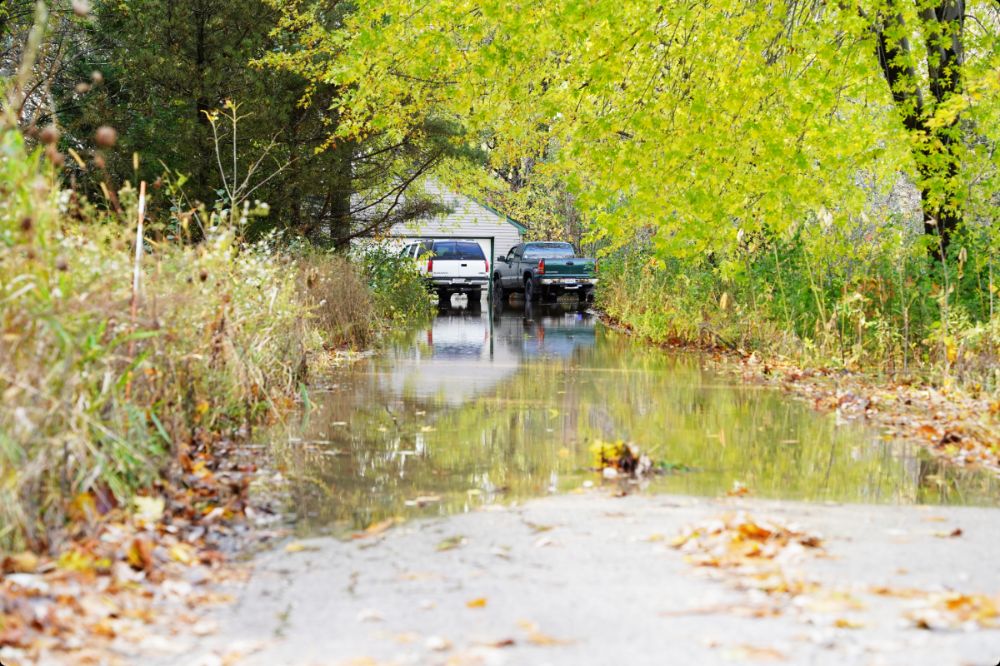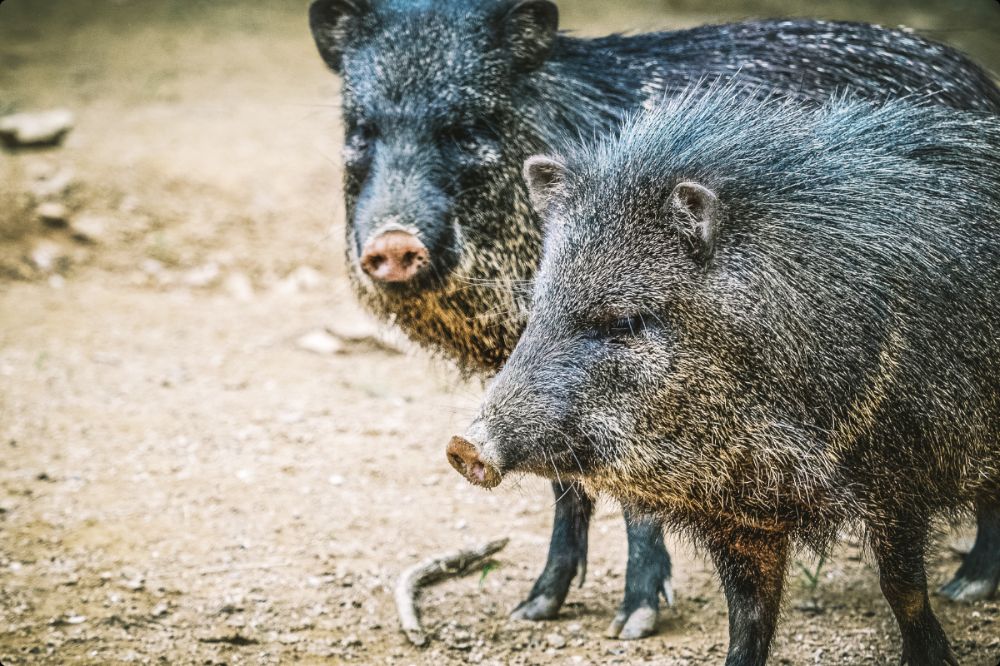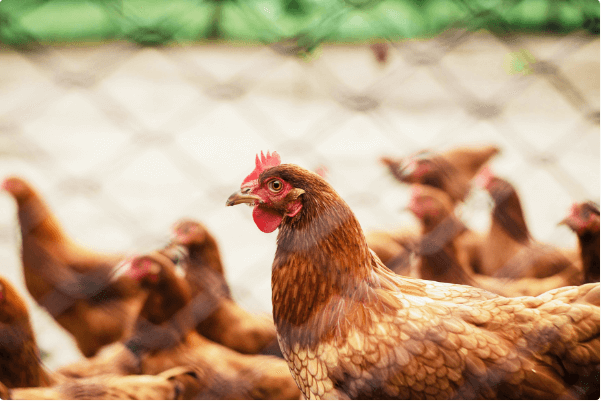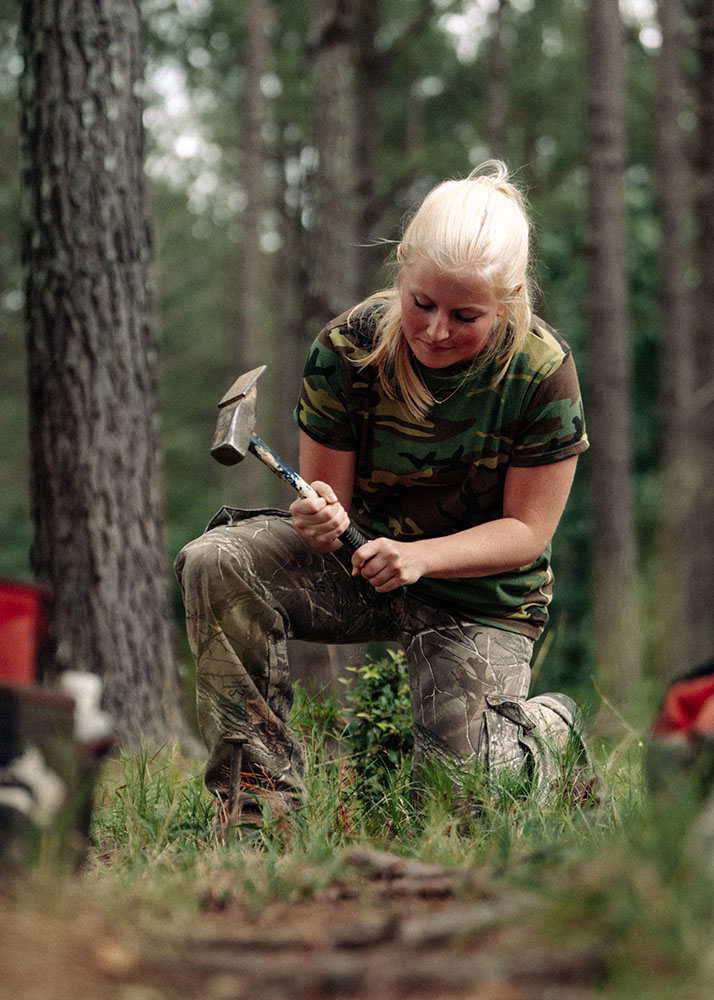What is Trapping?
Regulated trapping plays an important role in managing wildlife populations and habitats in North America. Trapping is a valuable tool in wildlife conservation and offers many benefits – from helping to save endangered species, to reducing wildlife damage to crops and property, and resolving threats to human health and safety.
Trapping is highly regulated by agencies through scientifically based laws, rules and regulations that are strictly enforced by wildlife conservation officers. Trappers need to be licensed, adhere to regulations, and follow best practices. Animal populations are carefully monitored with trapping so that trapping does not cause species to become endangered. In addition, because trappers must be licensed, they also play a role in funding conservation. Check your state’s licensing and regulations.
FIND TRAPPING IN YOUR STATE